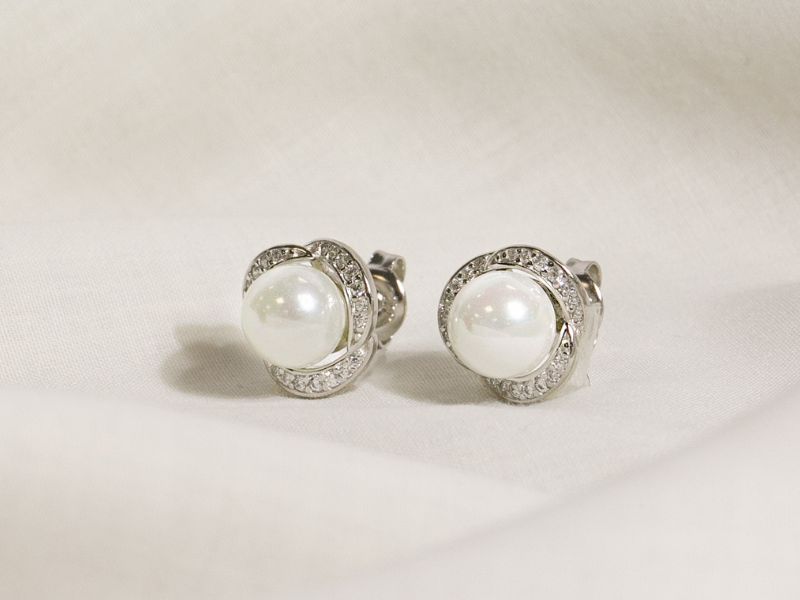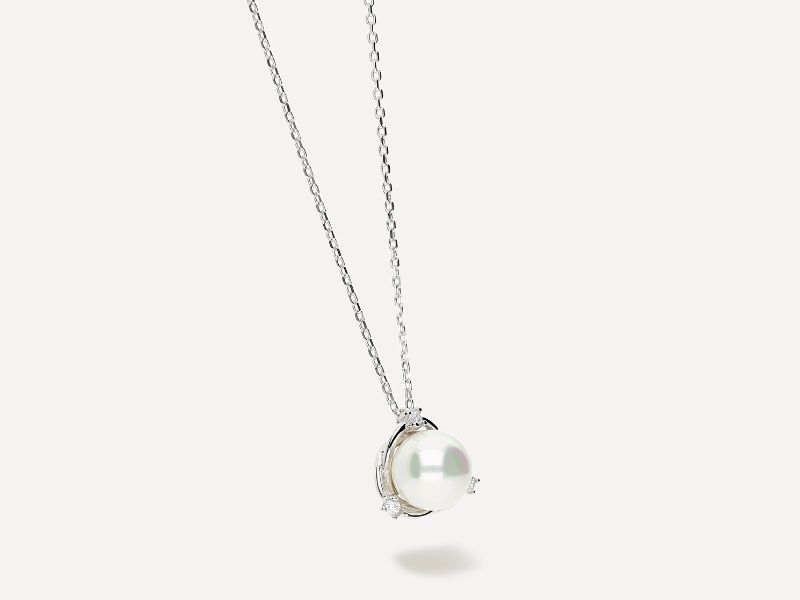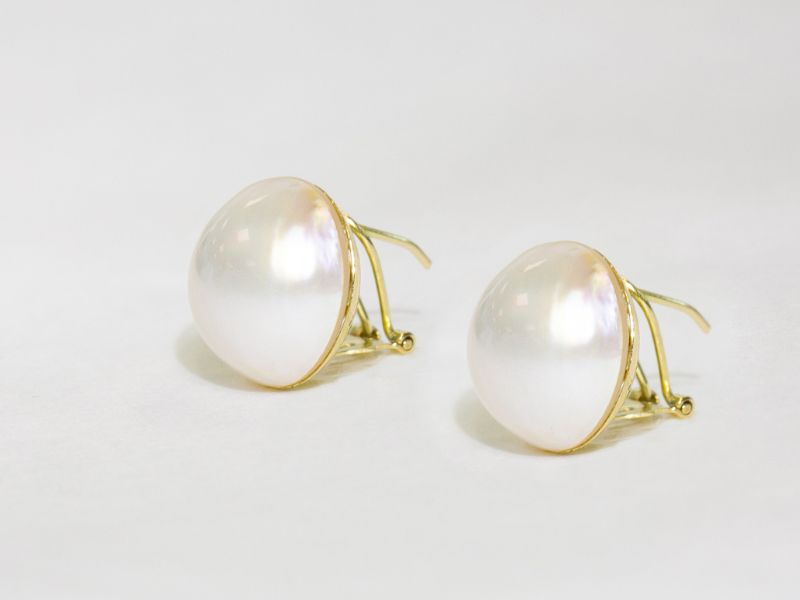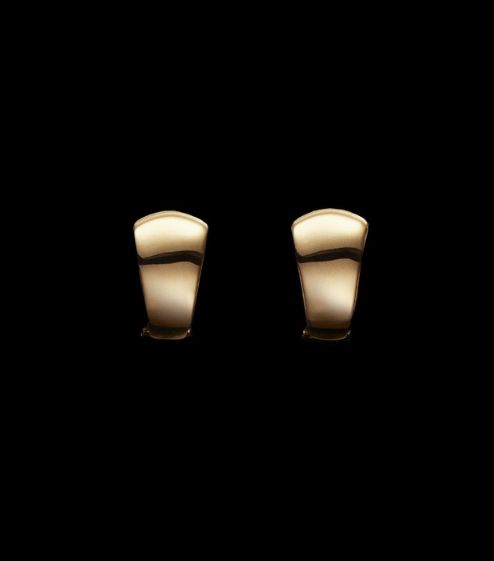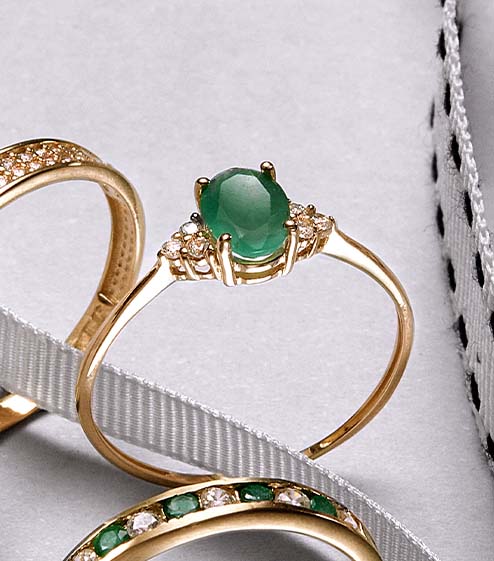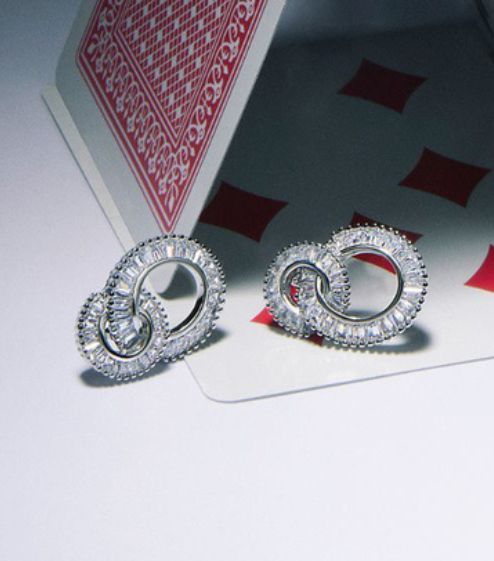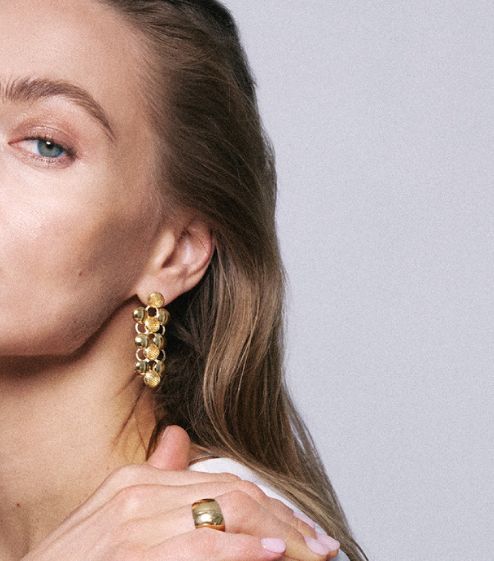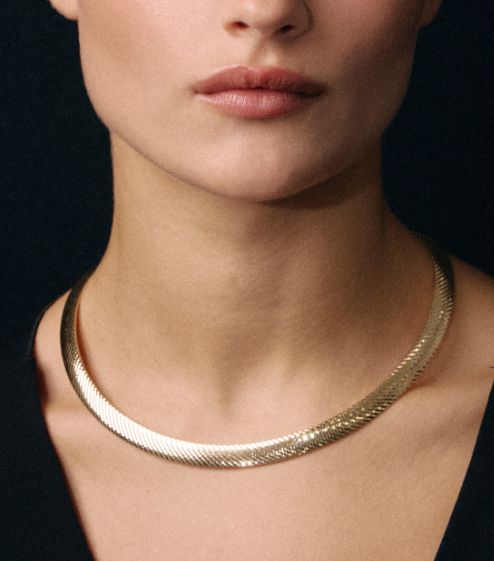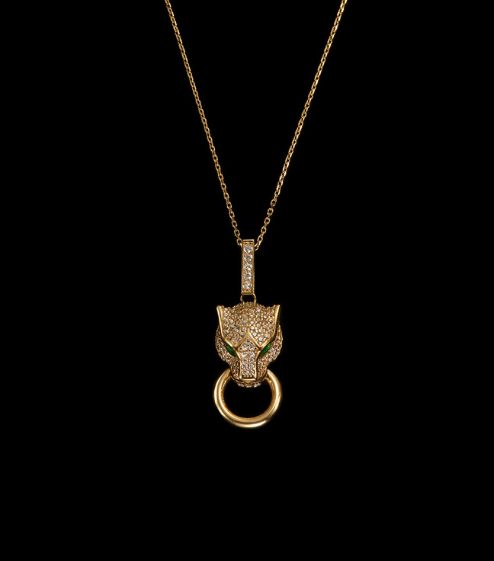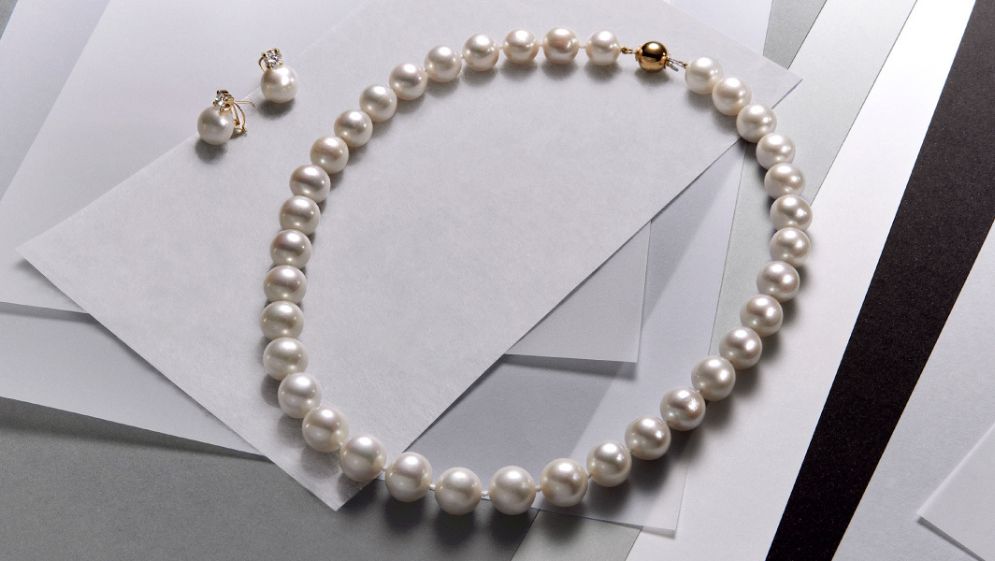

Difference between natural pearls and synthetic pearls
Pearl jewelry never goes out of style. Do you know the differences between natural and synthetic pearls?

If there is a gem that has been highly valued since ancient times for its rarity and beauty, it is the pearl. A true symbol of prestige and elegance that remains in jewelers from generation to generation and that never goes out of style. If there is a gem that has been highly valued since ancient times for its rarity and beauty, it is the pearl. A true symbol of prestige and elegance that remains in jewelers from generation to generation and that never goes out of style. There are many types of pearls in the world, but would you know the difference between natural and synthetic pearls?
The value of pearls
Pearls are exclusive gems that determine their value based on the characteristics present:
- The color, because they cover a wide range of shades.
- The size, since they can be smaller or larger, although these are less common.
- The shape, which ranges from the most baroque structures to the most symmetrical, with perfectly round ones being a rare occurrence.
- The luster, which is the shine that arises from it and is reflected on its surface (derived from the number of layers of mother-of-pearl and their thickness).
- The origin, because they can come from Japan, Australia, China, French Polynesia...
Likewise, its value also depends on whether it is a cultured pearl or a synthetic one. Although we can find both types on the market, their characteristics are not the same and it is important to differentiate between them. Next, we explain what each one consists of.
Natural pearls
Natural pearls are genuine pearls that are formed by chance inside the body of an oyster. For the pearl to form, a foreign body must be introduced into the mollusk, which defends itself from aggression by covering it with nacre (which is a combination of crystals and proteins) and, as a result, the pearl is created, whose center can preserve organic material. Still, the process of creating the pearl takes several years.
Finding a pearl inside an oyster is a real rarity. These natural pearls are not perfect and minor variations may be seen in them. Although they do not peel, they do require some care to keep their shine and appearance intact.
Many times you can hear talk of natural pearls to also refer to cultured pearls. This fact can generate some confusion, since they are not exactly the same.
Cultured pearls
Cultured pearls are also considered natural pearls, but unlike the previous ones, they do not originate by chance, but rather the man participates in the whole process. To do this, it is responsible for inserting the foreign agent inside the mollusk, artificially inducing it to produce the pearl, whose center will be a mother-of-pearl shell.
Like natural pearls, cultured pearls are not peeled, but they require specific care to keep them looking like the first day, as they are very sensitive to creams, perfumes and other cosmetic products.
In addition, there are different types of cultured pearls with their own characteristics.
Freshwater pearls or freshwater pearls
The freshwater pearl is raised in lakes and rivers in China, although it can also be found in Japan and the United States, and is currently one of the most popular. They can take various forms, from completely smooth to more baroque, and have different whitish tones. The cultivation time of the freshwater pearl ranges from six months to four years and its production is very abundant.
Australian pearls
Cultured in salt water in Australia, Indonesia and the Philippines, they are the rarest and most highly valued of all cultured pearls. They have a wide range of colors, from white to black, and the shapes also vary. The cultivation time of Australian pearls can be extended from 3 to 9 years.
Tahiti pearls
Cultivated in French Polynesia, Tahitian pearls are the only naturally “black” pearls, although this term is used to describe the dark tones of the pearl, which can be gray, green, blue, black… Large and exotic, they are unique in the world and its cultivation time is 2 to 3 years.
Akoya pearls
With a round and symmetrical shape, not very large, this pearl was the first to be cultivated, historically on the coast of Japan (Akoya), although it is now also produced in China. The Akoya pearl is considered the classic pearl par excellence and is difficult to grow.
Mabe pearls
These Japanese pearls grow against the shell of the mollusk, rather than inside it, giving it a semi-round shape (one side flat and one round). Relatively easy to obtain, mabe pearls are mainly cultivated in Japan, although they can also be produced in China, Indonesia and Australia, with the cultivation period being from 6 months to 2 years.
Synthetic pearls
Synthetic or artificial pearls are manufactured directly by man, without the involvement of the mollusk at any time. Although they are mostly made with resins, they can be made with other materials and usually have a perfect shape. With a more yellowish tone, they can be peeled more easily.
Among synthetic pearls, shell pearls can be highlighted, which are made with a natural mother-of-pearl core and have characteristics in terms of appearance and weight that are very similar to natural pearls, and majorica pearls, for which organic procedures and components are applied. present in nature.
How to care for pearls?
Pearls are very sensitive and therefore special care must be applied so as not to neglect their appearance and characteristics. First of all, it is very important not to use cosmetics or perfumes once they are already on; It is better to use the cosmetic products before and then place the jewelry with pearls.
It would also be advisable to avoid getting them wet and, if you clean them, use a soft cloth with great caution.
The ideal would be to keep them inside their case or bag inside the jewelery box, preventing them from rubbing against other jewels or other elements that could scratch or damage their surface.
Choosing the perfect pearls involves knowing well the various types that exist. At José Luis Joyerías we have a wide catalog of pearl jewelry, such as pearl earrings, necklaces, bracelets... Find the perfect one for you and enjoy this timeless jewel forever.
*This translation has been generated automatically.


